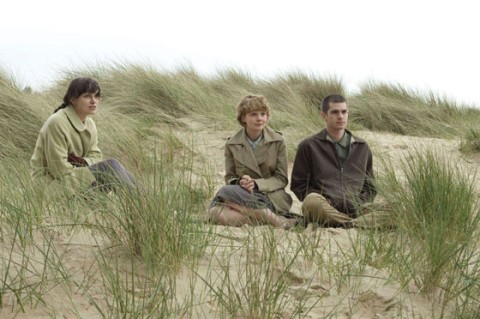Never Let Me Go

Based on the award-winning 2005 novel by Kazuo Ishiguro, who also penned The Remains of the Day, Never Let Me Go is that rare story that doesn't rely on a revelatory plot twist to make its thematic point and drive the message home. As adapted by Alex Garland and directed by Mark Romanek, the movie stays faithful to the book's overall intent, even as it gives the three well-defined acts more the sense of taking a journey rather than of reaching a pre-ordained fate.
Unlike some stories tinged with a sci-fi patina, Never Let Me Go doesn't take place in a future that is either high tech or postapocalyptic. Rather, it plays out in a parallel universe of sorts, in the U.K. during the 1980s and '90s. Much of what we see looks identifiable and familiar, even at Hailsham, a boarding school occupied by typically rambunctious students and stern-looking professors, including the severe headmistress Miss Emily (Charlotte Rampling.)
The tale revolves around three of the students who are friends, rivals and lovers, depending on which act of the tale you are in. They are Kathy (Carey Mulligan), the soft-spoken narrator of the tale; Tommy (Andrew Garfield), the timid boy Kathy loves from afar; and Ruth (Keira Knightley), the hotheaded beauty who comes between them. (A trio of talented younger actors does a masterful job of playing the three principals as children.)




